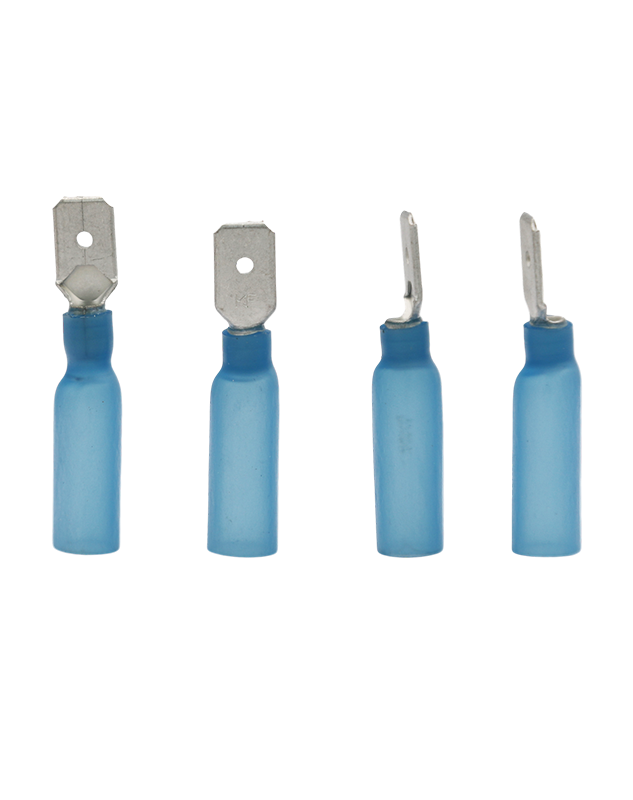

The function of the insulator itself is a device […]
The function of the insulator itself is a device that is installed between conductors of different potentials or between conductors and ground, and can withstand voltage and pressure. Insulators are a special insulation control that can play an important role in overhead transmission lines.
Insulators play two basic roles in overhead transmission lines, namely supporting wires and preventing current from returning to the ground. These two roles must be guaranteed. Insulators should not fail due to various electromechanical stresses caused by changes in the environment and electrical load conditions. Otherwise, the insulator will not have a significant effect and will damage the use and operating life of the entire line.

The insulator should not change the insulation characteristics under the conditions of environmental changes and load changes, otherwise the insulator will not have a major effect, and the entire line will be damaged.
Why can the step voltage reach 20 to 30 meters when the single phase is grounded?
This depends on the individual grounding voltage level. It is not absolute. For example, a 10kv single grounding indoor is not allowed within a radius of 8m and outdoors is not allowed to enter within 20m.
When the cable is grounded, we know that the earth is equivalent to a conductor, and the current spreads around it. The more you enter the grounding point, the greater the voltage. When a person approaches, there will be a voltage difference between the legs, which can form a loop in the body. Received an electric shock.
So when everyone sees the cable end on the ground, don't get close.
You can tick the products you need and communicate with us in the message board.